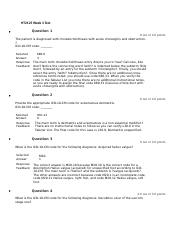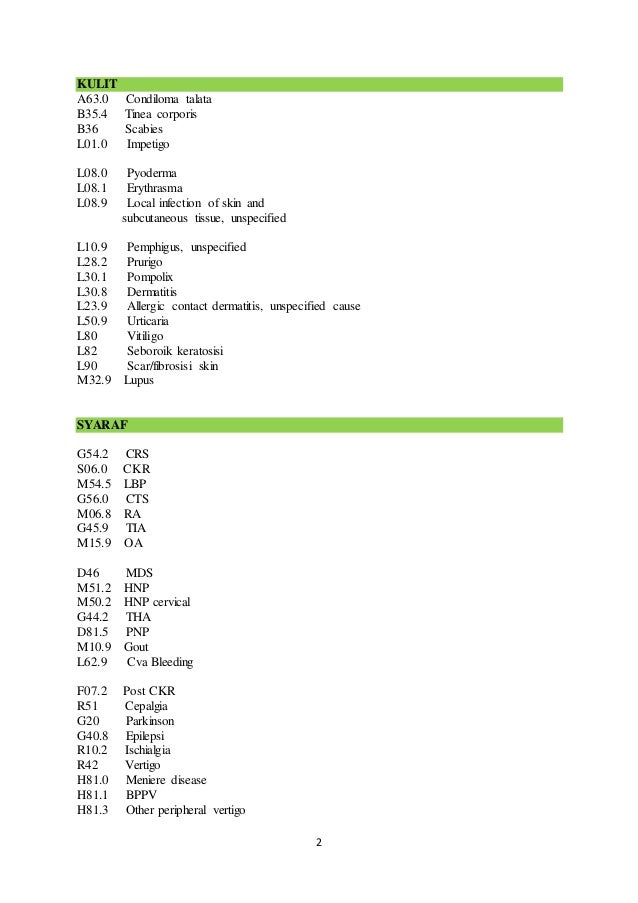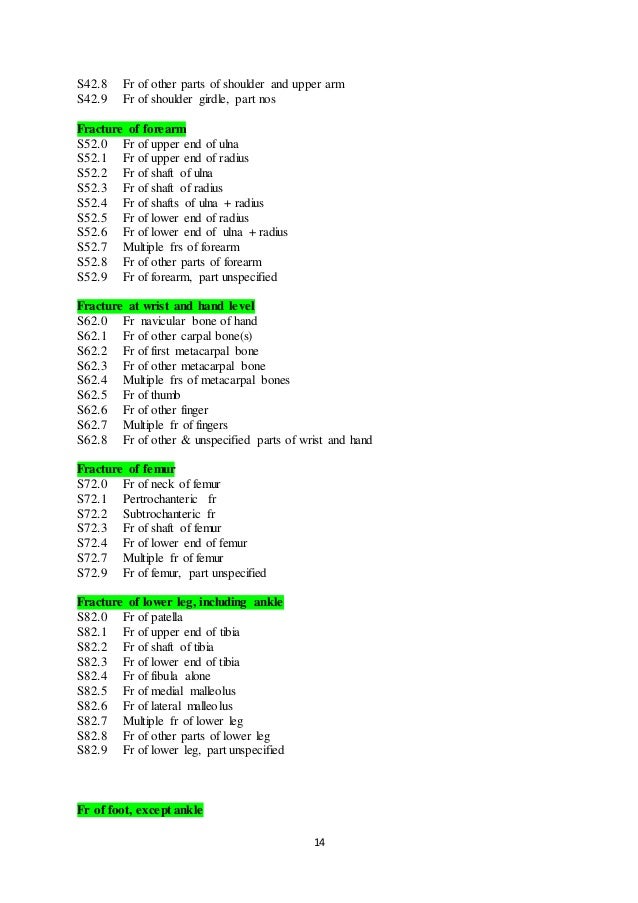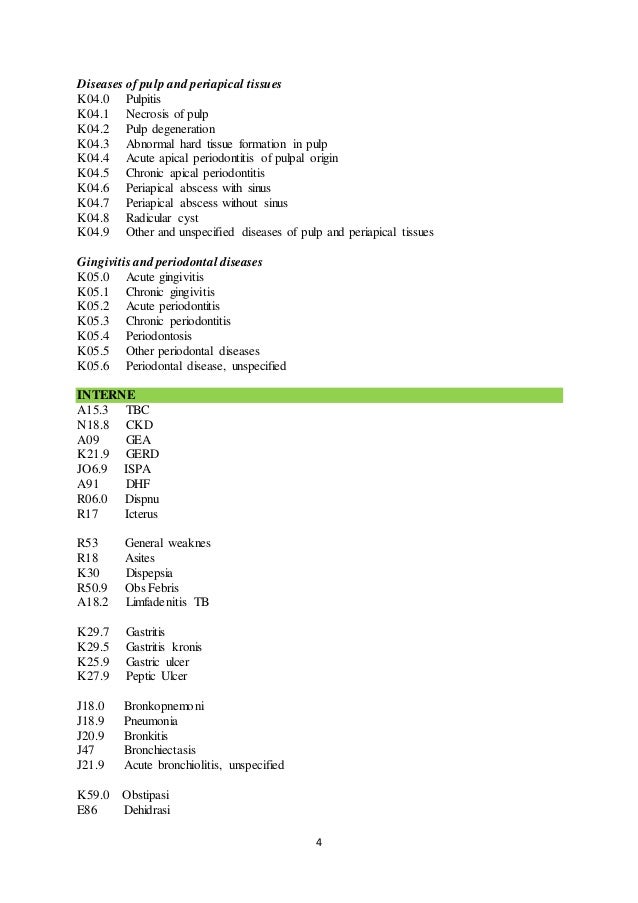Kode Icd 10 Pulpitis
 Classification Of Pulpitis Their Types And Forms According
Classification Of Pulpitis Their Types And Forms According
ICD-10-CM Code K04.01

Your teeth are made of a hard, bonelike material. There are four parts: You need your teeth for many activities that you may take for granted. These include eating, speaking and even smiling. There are many different problems that can affect your teeth, including The causes of tooth disorders varies, depending on the problem. Sometimes the cause is not taking good care of your teeth. In other cases, you may have been born with the problem or the cause is an accident. The symptoms can vary, depending on the problem. Some of the more common symptoms include Your dentist will ask about your symptoms, look at your teeth, and probe them with dental instruments. In some cases, you may need dental x-rays. The treatment will depend on the problem. Some common treatments are The main thing that you can do to prevent tooth disorders is to take good care of your teeth:
What are tooth disorders?
What causes tooth disorders?
What are the symptoms of tooth disorders?
How are tooth disorders diagnosed?
What are the treatments for tooth disorders?
Can tooth disorders be prevented?
[Learn More]
Gallery Kode Icd 10 Pulpitis
 Of The Icd 10 Cm Manual T23609a Selected Answer Seventh
Of The Icd 10 Cm Manual T23609a Selected Answer Seventh
 Analysis Of Clinical Oral Medicine Practices At The
Analysis Of Clinical Oral Medicine Practices At The
Coding Guidelines For Dentists
 Pdf The Iasp Classification Of Chronic Pain For Icd 11
Pdf The Iasp Classification Of Chronic Pain For Icd 11
Coding Guidelines For Dentists
Dental Provider Supplement Providers Amerihealth Caritas
Icd 10 Mortality 2e Volume1 2017
Myofascial Pain Syndrome Disease Malacards Research
 Wo2005035548a1 The Moduilation Of Hyaluronan Synthesis And
Wo2005035548a1 The Moduilation Of Hyaluronan Synthesis And
Endodontists 2018 Guide To Cdt
 Icd 10 International Statistical Classification Of Diseases
Icd 10 International Statistical Classification Of Diseases
 Dentist Archives Wheaton Orthodontist Dentist Pediatric
Dentist Archives Wheaton Orthodontist Dentist Pediatric
 Chapter 9 Cdt Code To Icd Diagnosis Code Cross Walk
Chapter 9 Cdt Code To Icd Diagnosis Code Cross Walk
 Classification Of Pulpitis Their Types And Forms According
Classification Of Pulpitis Their Types And Forms According
California Medi Cal Dental Program
Coding Guidelines For Dentists
 Medical Billing In Dentistry Coding Speaking Their Language
Medical Billing In Dentistry Coding Speaking Their Language

 Buku Icd 10 Per Poli Pinda Ifc Academia Edu
Buku Icd 10 Per Poli Pinda Ifc Academia Edu
Alveolar Periostitis Disease Malacards Research Articles
 Out Of 36 Points Identify The Following As A Section Category
Out Of 36 Points Identify The Following As A Section Category
 Chapter 9 Cdt Code To Icd Diagnosis Code Cross Walk
Chapter 9 Cdt Code To Icd Diagnosis Code Cross Walk





0 Response to "Kode Icd 10 Pulpitis"
Post a Comment